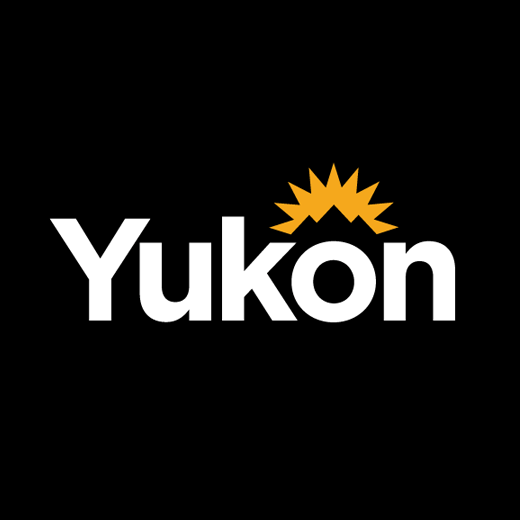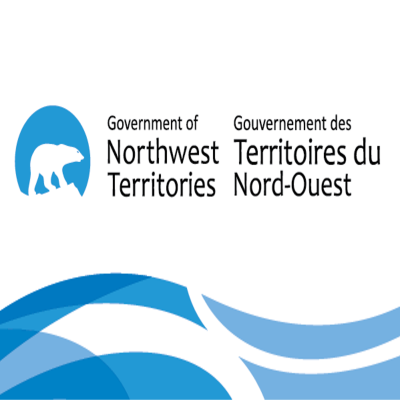society
Type of resources
Available actions
Topics
Keywords
Contact for the resource
Provided by
Years
Formats
Representation types
Update frequencies
status
Scale
Resolution
-

A list of the 28 provincial museum sites with the location of each site.
-

Registered private career colleges and programs.
-

This polygon dataset shows Crown land selections by First Nations as outlined by the Treaty Land Entitlement (TLE) Agreements in Manitoba, pursuant to the Crown Lands Act 5(1)(d). The purpose of this dataset is to show Crown land selection boundaries and information as outlined by the Treaty Land Entitlement (TLE) Agreements in Manitoba, pursuant to the Crown Lands Act 5(1)(d). This is a dynamic dataset — data can change daily.Site selections are generally identified and submitted on hard copy 1:50,000 National Topographic System (NTS) maps by the applicable First Nations. Selections are digitized using, where possible, 1:50,000 NTS map sheet base mapping, satellite or aerial imagery in the background. The method used is dependent on the location of the selection and the availability of digital base mapping in the area. A record may contain multiple polygons that have been combined to form one record.Best efforts have been taken to reasonably illustrate the parcels. All boundaries are to be considered approximate and for illustrative purposes only.For more information on Treaty Land Entitlement (TLE) Agreements, please visit the Manitoba government website: https://www.gov.mb.ca/inr/treaty-land-entitlement/index.htmlFields included [Alias (Field Name): Field description]OBJECTID (OBJECTID): Sequential unique whole numbers that are automatically generatedSite ID (SITE_ID): Site ID number of the selected siteArea in Square Metres (AREA): Area in square metresArea in Acres (ACREAGE): Area in acresBand Council Resolution Number (BCR_NO): Band Council Resolution numberName of the First Nation Making the Land Selection (BAND_NAME): Name of the First Nation making the land selectionSite Number (SITE_NO): Site number of the selected siteSelection Name (SELECTION): Name of the selected siteStatus Description (STATUS_DES): Land selection status description
-

Dataset provides location information on approved CAEC testing locations in Nova Scotia by providing the campus, street address, city/town and geographic co-ordinates of testing sites if narrative of the content of the dataset (dates should not be part of the description).
-

Submissions of the Government of Yukon in relation to Territorial Court judges and justices of the peace for the 2019 Yukon Judicial Compensation Commission.
-

The Air and Watershed Resource Management Contacts and Boundaries dataset is comprised of all the polygons that represent the Air and Watershed Stewardship districts and the manager to contact with questions or concerns about environmental framework implementation and management response. This dataset was created to lend support to the Regulatory Assurance Division.
-

A listing of Early Childhood Development Support Sites that provide information and resources as well as professional development opportunities for early childhood educators.
-
Map of the percentage of the official language minority population (according to first official language spoken, adjusted responses) within the total population by economic region. Multiple responses distributed equally among respondents. Data from 2016 Census of Canada, 100% sample.
-
Map of the proportion of individuals (15 years and over) without an educational certificate, diploma or degree in Official Language Minority Communities. Refers to the individual's educational attainment or highest certificate, diploma or degree obtained by the person. The data used is based on the 2016 Census of Canada, 25% sample, the universe is the population 15 years and over.
-

Place Names for The Anderson River
 Arctic SDI catalogue
Arctic SDI catalogue